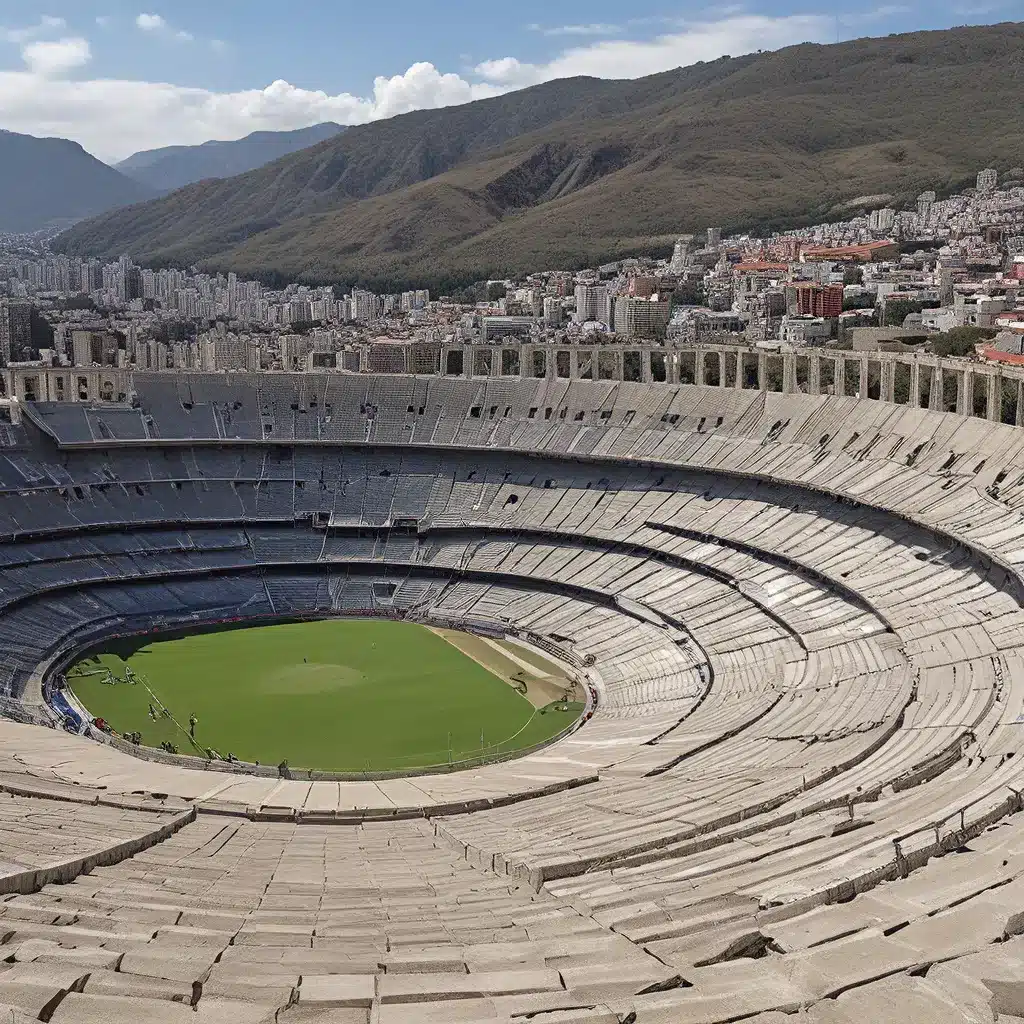
Nestled in the heart of Havana, Cuba, the Estadio Latinoamericano stands as a testament to the country’s rich sporting heritage and architectural prowess. As one of the most iconic baseball stadiums in the Caribbean, this historic venue has played a significant role in shaping the island nation’s cultural identity and sports culture.
The Birth of a Baseball Haven
The Estadio Latinoamericano, formerly known as the Gran Stadium de La Habana, has its origins rooted in the early 20th century. Constructed in 1946, the stadium was designed to serve as the primary venue for baseball, a sport that has long been a beloved pastime in Cuba. The stadium’s location in the heart of Havana, just a short distance from the city’s vibrant Old Havana district, has made it a central hub for sports enthusiasts and cultural events alike.
Cuba offers a wealth of experiences for travellers seeking adventure, relaxation, and cultural immersion. From its stunning beaches and rich history to its vibrant culture and delicious cuisine, the island promises an unforgettable journey into the heart of the Caribbean. The Estadio Latinoamericano is a prime example of the island’s deep-rooted connection to its sporting heritage, which has played a crucial role in shaping its cultural identity.
Architectural Significance
The Estadio Latinoamericano is a remarkable feat of architectural design, blending functionality with aesthetic appeal. The stadium’s original structure, which was completed in 1946, featured a classic grandstand design with a reinforced concrete frame and a seating capacity of around 55,000 spectators. Over the years, the stadium has undergone several renovations and expansions, each one aimed at enhancing the overall experience for both players and fans.
One of the most noteworthy architectural features of the Estadio Latinoamericano is its double-deck grandstand, which provides ample seating and a commanding view of the playing field. The stadium’s facade, with its distinctive concrete arches and sweeping curves, has become an iconic symbol of Havana’s architectural landscape. The use of reinforced concrete in the stadium’s construction not only ensures its structural integrity but also contributes to its timeless, modern aesthetic.
A Sporting Mecca
The Estadio Latinoamericano is more than just a baseball stadium; it is a hub of sports and cultural experiences. Throughout its history, the stadium has hosted a wide range of sporting events, from baseball and boxing to soccer and volleyball. The venue has also played a significant role in the development of Cuba’s national sports teams, serving as a training ground and competitive arena for the country’s top athletes.
One of the most notable events held at the Estadio Latinoamericano is the annual Caribbean Series, a prestigious baseball tournament that brings together the champion teams from the Dominican Republic, Mexico, Puerto Rico, and Venezuela. This international event has helped to cement the stadium’s reputation as a world-class sporting venue and has attracted fans from across the region to witness the thrilling displays of athletic prowess.
Cultural Significance
The Estadio Latinoamericano is not just a sports stadium; it is a cultural hub that reflects the rich heritage and vibrant spirit of Cuba. The stadium’s proximity to the Old Havana district, a UNESCO World Heritage Site, has made it a popular destination for tourists and locals alike, who come to experience the city’s unique blend of Spanish colonial architecture, Afro-Cuban traditions, and revolutionary history.
Beyond its role as a sports venue, the Estadio Latinoamericano has also served as a stage for various cultural events, including music festivals, art exhibitions, and political rallies. The stadium’s expansive grounds and iconic architecture have made it a popular backdrop for photographic and cinematographic endeavors, further cementing its place in the public imagination.
Preserving the Legacy
As Cuba continues to evolve and modernize, the Estadio Latinoamericano remains a symbol of the island’s enduring commitment to preserving its rich cultural and sporting heritage. Despite the challenges posed by economic and political factors, the stadium has undergone ongoing maintenance and renovations to ensure its longevity and continued relevance.
The tapestry of Buenos Aires, for instance, suggests that the preservation of historic landmarks like the Estadio Latinoamericano is crucial for maintaining a sense of cultural continuity and identity. As Cuba continues to navigate the complexities of its political and economic landscape, the careful stewardship of this iconic stadium will likely remain a priority for both sports enthusiasts and cultural preservationists alike.
Conclusion
The Estadio Latinoamericano is a true architectural marvel, a testament to Cuba’s rich sporting heritage, and a cultural touchstone that has captivated both locals and visitors for decades. From its humble beginnings as a baseball stadium in the mid-20th century to its current status as a multifaceted sports and entertainment venue, this iconic structure has evolved to reflect the changing needs and aspirations of the Cuban people.
As the island continues to grapple with the challenges of the 21st century, the Estadio Latinoamericano stands as a symbol of resilience, pride, and the unwavering spirit of a nation that has long been defined by its passion for sports, culture, and the pursuit of excellence. Whether you’re a sports enthusiast, a history buff, or simply someone in search of a unique and immersive cultural experience, a visit to the Estadio Latinoamericano is a must-do on any traveler’s Cuban itinerary.

